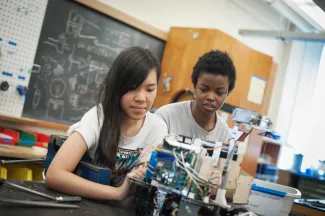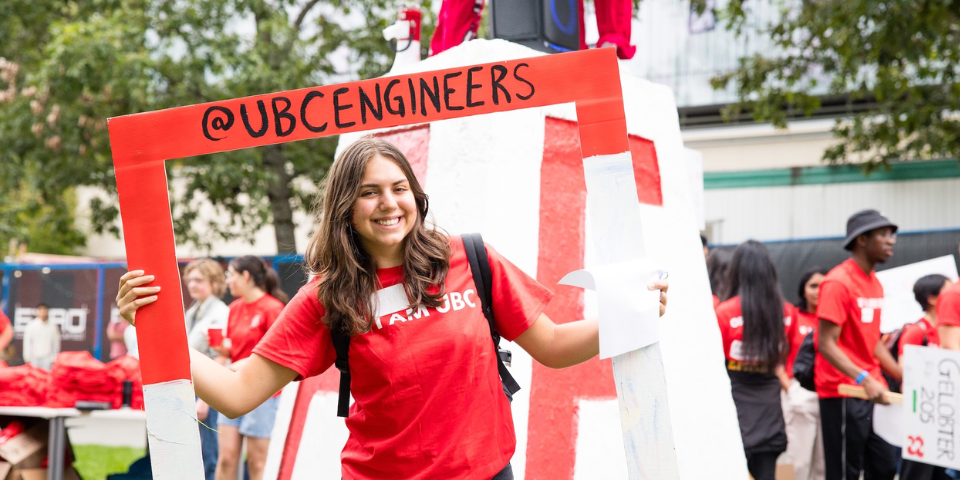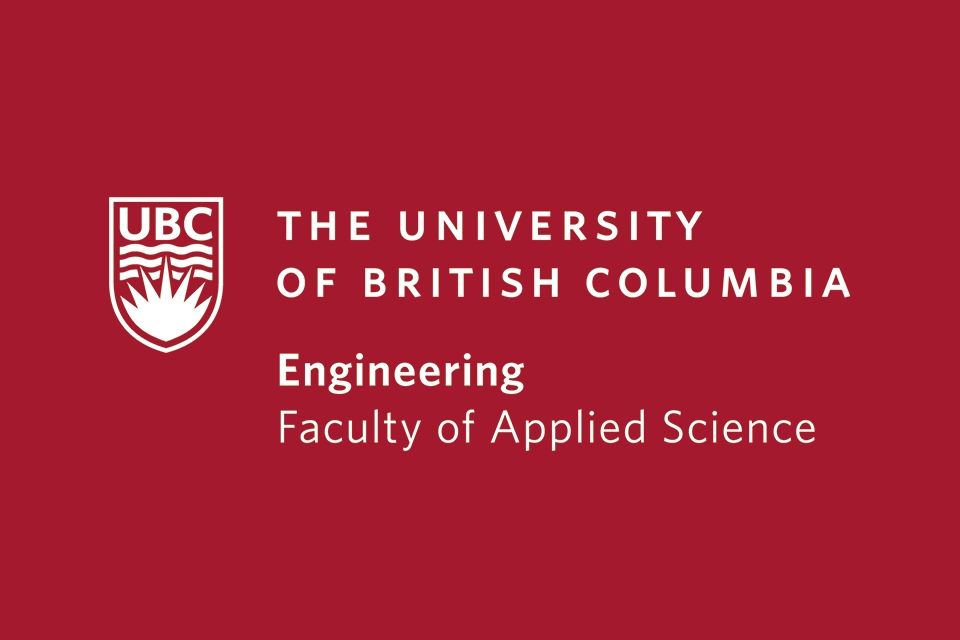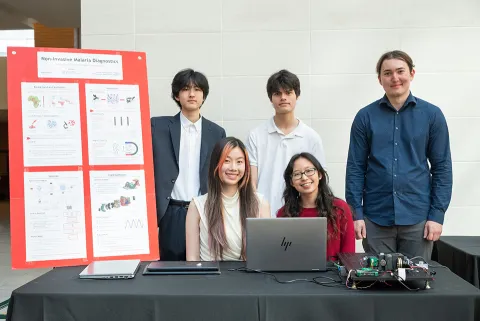
Alissa Chen, Conner Fransoo, Eric Petersen, Daniel Song and Lily Watt
- Community Partner: Chan Zuckerberg Biohub San Francisco
- Degree:
- Bachelor of Applied Science
- Program:
- Campus: Vancouver
Our project
Malaria kills around 600,000 annually, with the majority being children under the age of five. Current diagnostic methods require blood to be drawn, which exposes health-care workers to risk. These methods are also slow and invasive, and can require specialized equipment and skilled labour. We are designing a device to diagnose malaria that is non-invasive, fast, specific and requires no skilled labour to operate.
Building on work done by our sponsors at the Chan Zuckerberg Biohub San Francisco, as well as other research groups, we are developing a device that detects hemozoin, a crystalline biological waste material produced by the malaria parasite that is not otherwise produced by any biological processes.
This is a two-year capstone project and our goal for the first year of the project was to develop an apparatus to detect and measure clinically relevant concentrations of hemozoin suspended in water.
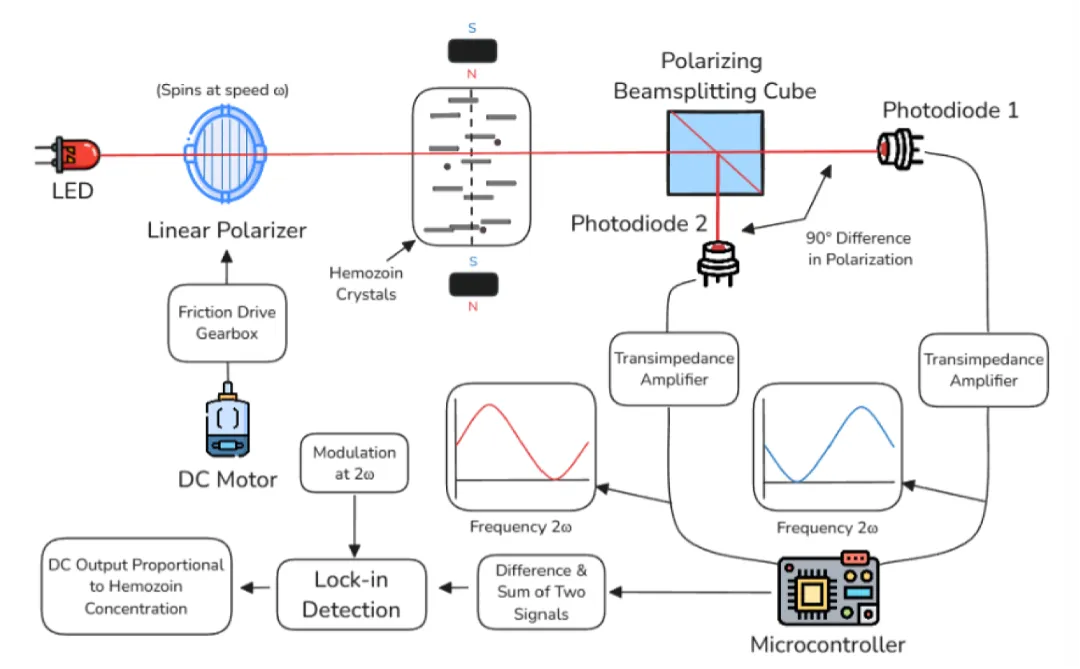
For the first four months of the project, while our team was away on co-op, we conducted a literature review to deepen our understanding of this complex system.
There were many parameters to choose from as we developed our initial design ideas. To take just one example, we needed to decide whether we would measure transmitted or reflected light. Using these design decisions, we created a mathematical model of our system to predict what output we would expect to see.
We then needed to determine what components were required to implement the system, from the wavelength of the LED, the type of transmission system (friction drive versus gears or belts) to the specific electrical components. In addition to the mechanical and optical systems, we designed our own circuit boards, wrote software and prepared diluted samples of hemozoin in water using manual pipetting.

After building our prototype we tested it on the diluted samples to validate our theoretical predictions and test the performance of our apparatus.
Our project’s future
This is a two-year capstone project, and in this first year we were focused on developing our prototype and testing it on a sample of crystals in water. Next year, we hope to begin testing on phantom tissue (material that mimics biological tissue).
We will optimize our device by redesigning the enclosure to reduce noise from ambient light and mechanical vibrations, and we’ll refine our signal processing system to ensure we get a consistent output regardless of factors like a patient’s skin colour or finger thickness.
By the end of next year, we hope to pass the prototype on to the Chan Zuckerberg Biohub Network so they can continue research and hopefully one day advance it into clinical trials for use in patients.

